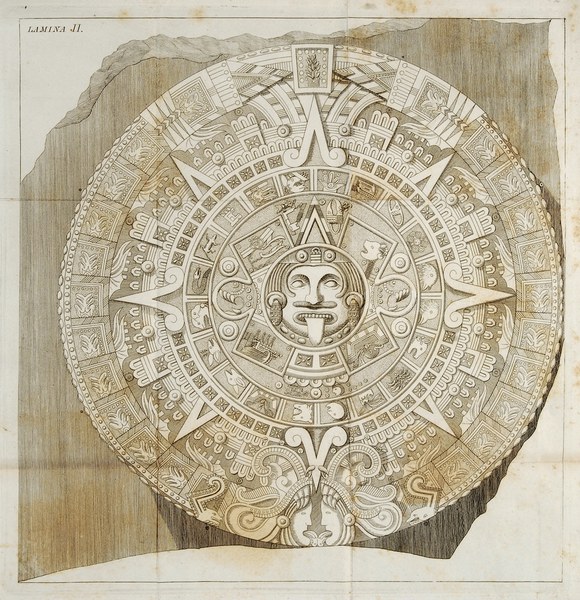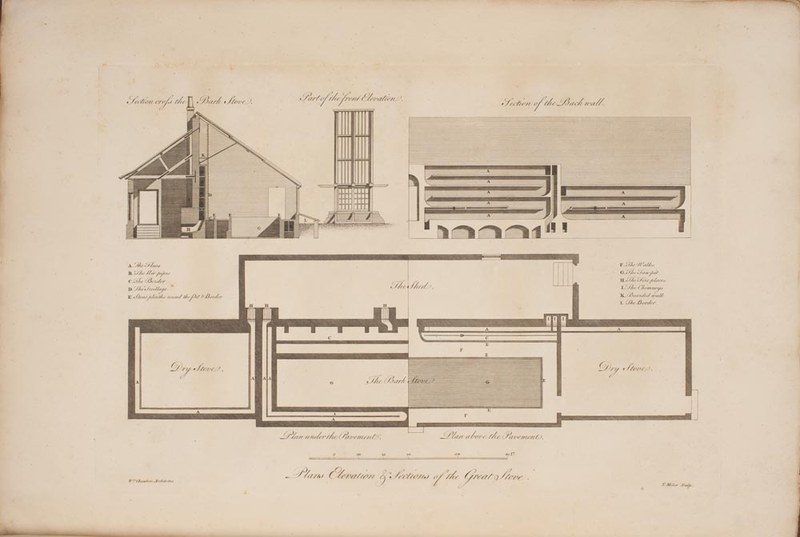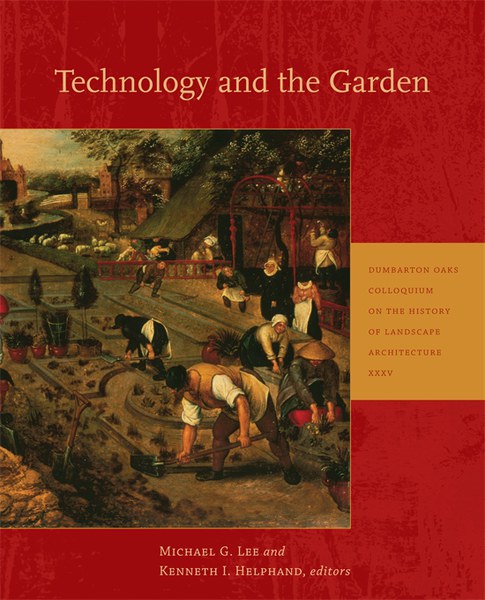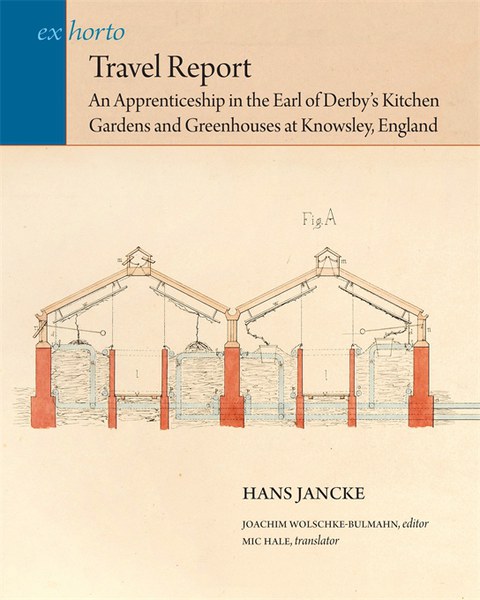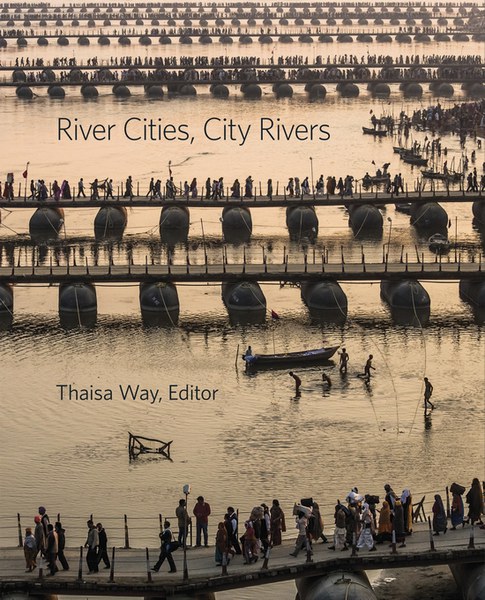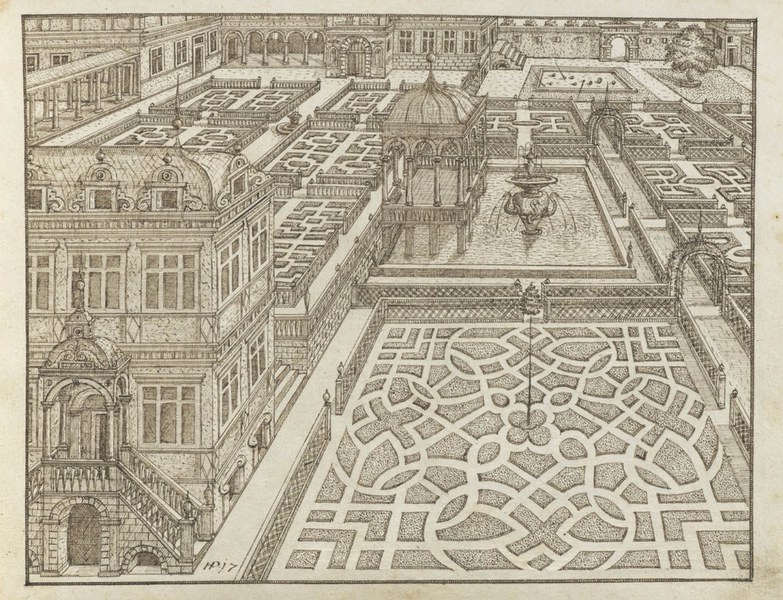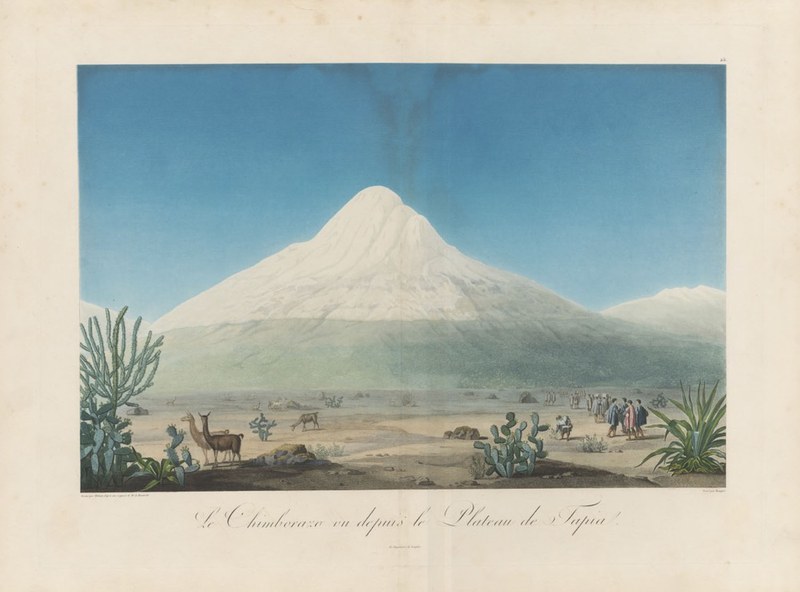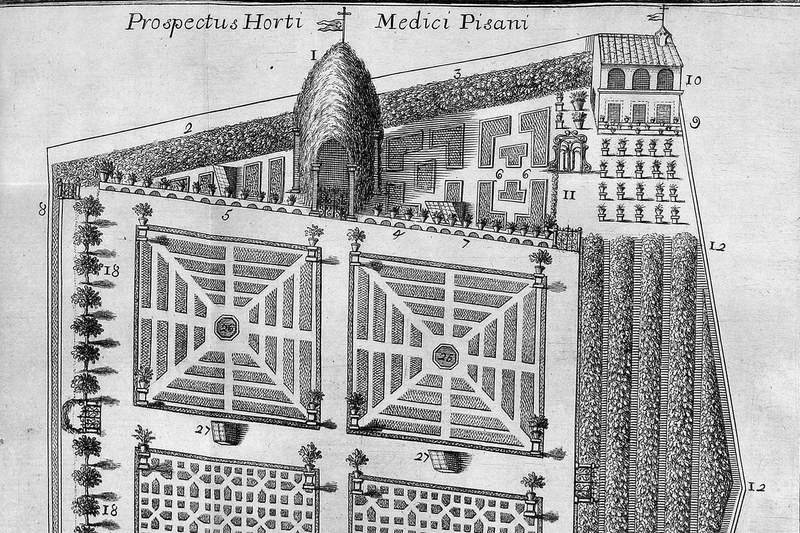
Science, Technology, and Engineering
Rare Books Online Exhibits Publications External Resources Related Content
The knowledge of hydraulic and pneumatic principles was part of the essential toolkit of early modern garden design, characterized by spectacular fountain displays created by controlling the movement of running water. Based on the recovery of ancient texts, such as the Pneumatics by Hero of Alexandria, this blend of technology and aesthetics also resulted in a number of original works, often lavishly illustrated, such as the celebrated Les raisons des forces movvantes by Salomon de Caus. The theoretical highpoint of this tradition was the treatise by the architect Carlo Fontana that incorporated the lessons of contemporary hydrodynamics developed by Galileo’s student Benedetto Castelli. Closely related to these pursuits were polemical writings on flood prevention and land reclamation authored by practicing engineers, while doctors debated the properties and potability of water, especially that of the Tiber.
If the foundation of sixteenth- and seventeenth-century garden design had been the study of geometry and perspective, the rise of economic and colonial botany posed new challenges concerning the methods of cultivation of exotic plants, including the pineapple. The development of greenhouse technology culminated in the creation of spectacular “winter gardens” filled with tropical vegetation, as exemplified by the imperial Wintergarten of the Hofburg Palace in Vienna.
The colonial Americas presented a particularly interesting meeting point of different knowledge traditions. If Charles-Marie La Condamine, who led the French expedition to Quito to measure the meridian arc at the equator, represented the Enlightenment science based on mathematical principles, Antonio de León y Gama’s work on the Aztec calendar highlighted the achievements of indigenous astronomy. Nineteenth-century engineering reports, such as the mining survey from the Sierra Madre Occidental in Mexico, contained first-person accounts of remote sites that were of importance to archaeologists while highlighting the wealth of the region’s natural resources.
Searching for Materials in HOLLIS
In addition to select digitized titles, the Dumbarton Oaks Rare Book Collection holds numerous materials related to science, technology, and engineering. To quickly locate items in HOLLIS, use the “Advanced Search” feature to specify material subject, language, date range, or other criteria. Relevant subjects include the following:
Digitized Rare Books
Online Exhibits
Explore highlights from the collection related to botanical illustration below, or view all online exhibits.
Publications
Discover featured titles related to science, technology, and engineering, or search all titles from Dumbarton Oaks Publications.
External Resources
In addition to their digitized materials available on ECHO, the Max Planck Institute for the History of Science (MPIWG) in Berlin maintains a list of online publications that have been produced as part of individual research projects undertaken at the institute. One such research website is the Database Machine Drawings, which provides access to a selection of early modern machine drawings. Drawings can be searched by author or by unique categories developed for the database, including: device power supply, machine parts, gearing and drive combinations, purpose of image, and type of device.
The Linda Hall Library is the world’s foremost independent research library devoted to science, engineering, and technology. The library’s collection of over half a million monograph volumes and more than 48,000 journal titles is particularly strong in the engineering disciplines, chemistry, and physics, but also includes substantial holdings in natural history, astronomy, and environmental sciences. Nearly a quarter million digitized images from the History of Science Collection are available through the Linda Hall Library Digital Collections.
The Dibner Library is the Smithsonian’s collection of rare books and manuscripts relating to the history of science and technology. The collection comprises around 35,00 rare books and 2,000 manuscript groups. The Dibner Library’s holdings are particularly rich in natural philosophy, mathematics, astronomy, physics, chemistry, technology, and engineering; in addition, the library contains one of the largest collections of scientific incunabula. Digitized materials from the library can be accessed through the Smithsonian Libraries digital collections. The Dibner Library has also produced a comprehensive list of freely-available resources related to the history of science.
The acquisition of the Burndy Library in 2006 helped make the Huntington Library one of the world's foremost collections of rare books and manuscripts relating to the history of science, medicine, and technology. The collection is particularly strong in the history of early mathematics and physics. Other topics well represented include the history of electricity, bridge and water engineering, metallurgy, color theory and practice, and aeronautics. A guide to the Huntington’s history of science materials and a list of digital resources can be found on their website.
The Mexico Mining Album collection hosted by the University of New Mexico’s Center for Southwestern Research consists mostly of card-mounted photographs of mining in Mexico ca. 1890-1895, including views of San Augustin, La Luz, Potrero, La Barranca, La Dura, Minas Prietas and Trinidad.
The History of Science in Latin America and the Caribbean (HOSLAC) database provides a virtual archive of over 200 primary sources, as well as substantial introductions to each topic drawn from recent secondary scholarship.
Developed at the University of Stuttgart, the Database on Scientific Illustrators (DSI) provides reference information for more than 12,500 scientific illustrators who were active between 1450 and 1950. The database has a particular emphasis on illustrators in the fields of anatomy, dermatology, botany, zoology, mineralogy, astronomy, and general natural history.
Related Collection Strengths
Learn more about other collection strengths that may contain materials of interest to this research topic, or view all collection strengths.
![Chihuahua Mining Co. : [report on the activities and yield of several mines in the District of Jesus Maria, Sierra Madre]](https://www.doaks.org/resources/rare-books/chihuahua-mining-co-report-on-the-activities-and-yield-of-several-mines-in-the-district-of-jesus-maria-sierra-madre/plan-of-the-mine-of-jesus-maria/@@images/f52d5c9d-5cd8-4de0-8cff-c6293807883b.jpeg)

